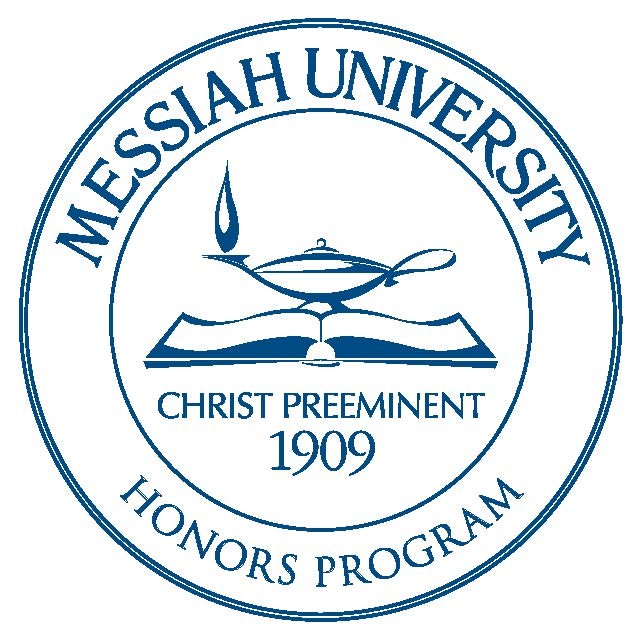Date of Award
Fall 2020
Document Type
Thesis
Degree Name
Bachelor of Science (BS)
Department
Biological Sciences
First Advisor
Dr. John Harms
Abstract
Pancreatic adenocarcinoma is the third leading cause of cancer-related death in the United States. One potential contributor to this lethality is the highly fibrotic microenvironment of pancreatic cancer, which may compress blood vessels and impede chemotherapy perfusion. Tumor-bearing mice treated with an antagonist to the digestive hormone, gastrin, were shown to exhibit decreased tumor fibrosis, implicating gastrin signaling in regulation of the tumor stroma. Although the literature predominately attributes collagen production to pancreatic stellate cells (PSCs), we recently demonstrated that PANC-1 cancer cells express more pro-collagen 1 RNA (COL1A) than PSCs—suggesting the cancer cell itself may directly contribute to the fibrosis. To elucidate the cancer cell’s role, we sought to determine if high COL1A expression is a consistent phenomenon among other pancreatic cancer cell lines. Quantification of COL1A expression in six human cancer cell lines revealed that SW1990 cells also express significantly greater amounts of COL1A than PSCs. To test the hypothesis that gastrin signaling is directly associated with collagen expression, signaling was abrogated in SW1990 and PANC-1 cells in vitro.
Recommended Citation
Williams, Courtney and Harms, John F., "Pancreatic tumor fibrosis: Determining the target of proglumide-mediated inhibition" (2020). Honors Projects and Presentations: Undergraduate. 427.
https://mosaic.messiah.edu/honors/427



Comments
Note from Authors: We are currently working with collaborators at Penn State Hershey to publish our data and therefore request that access to my manuscript be only in-house and not made public.